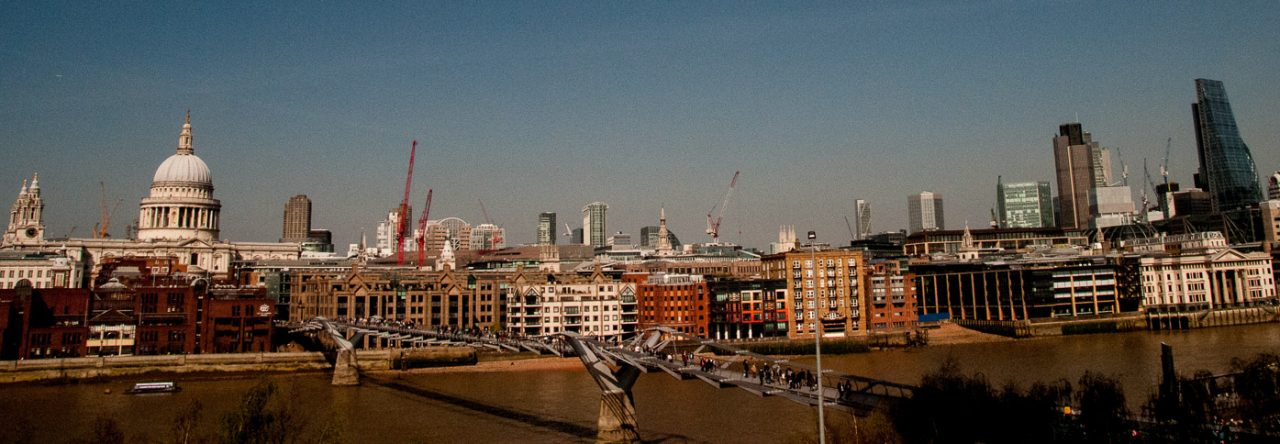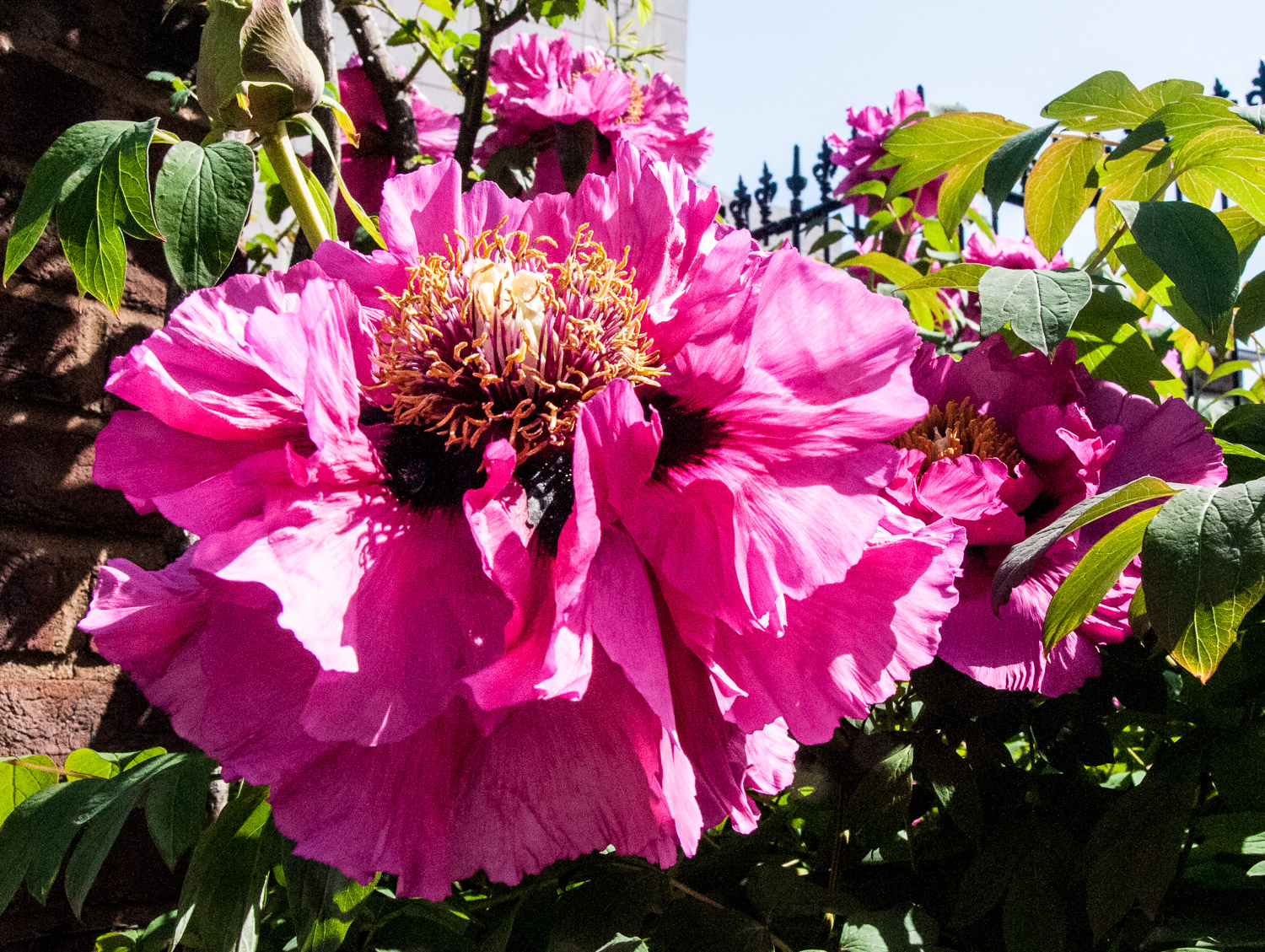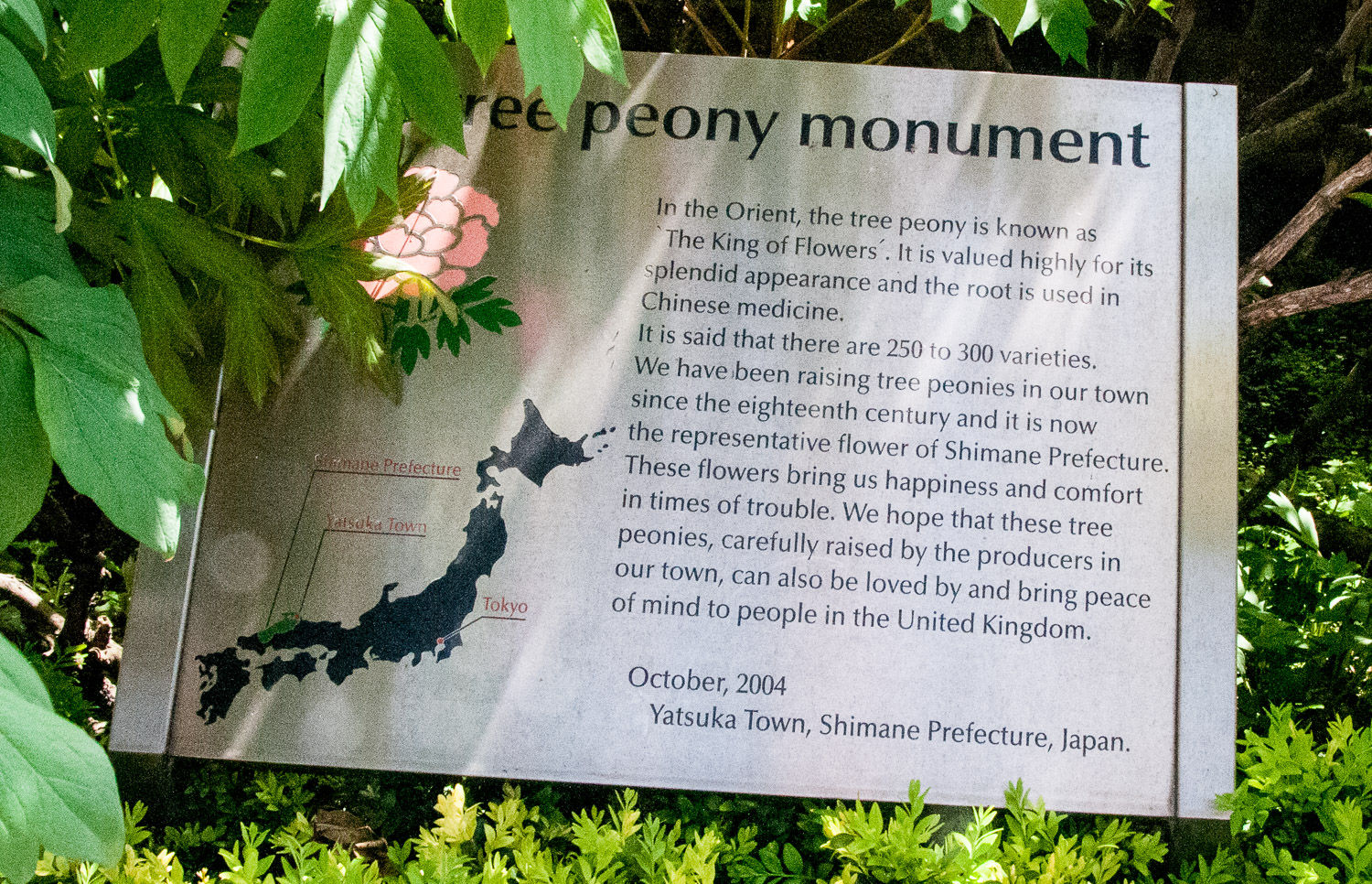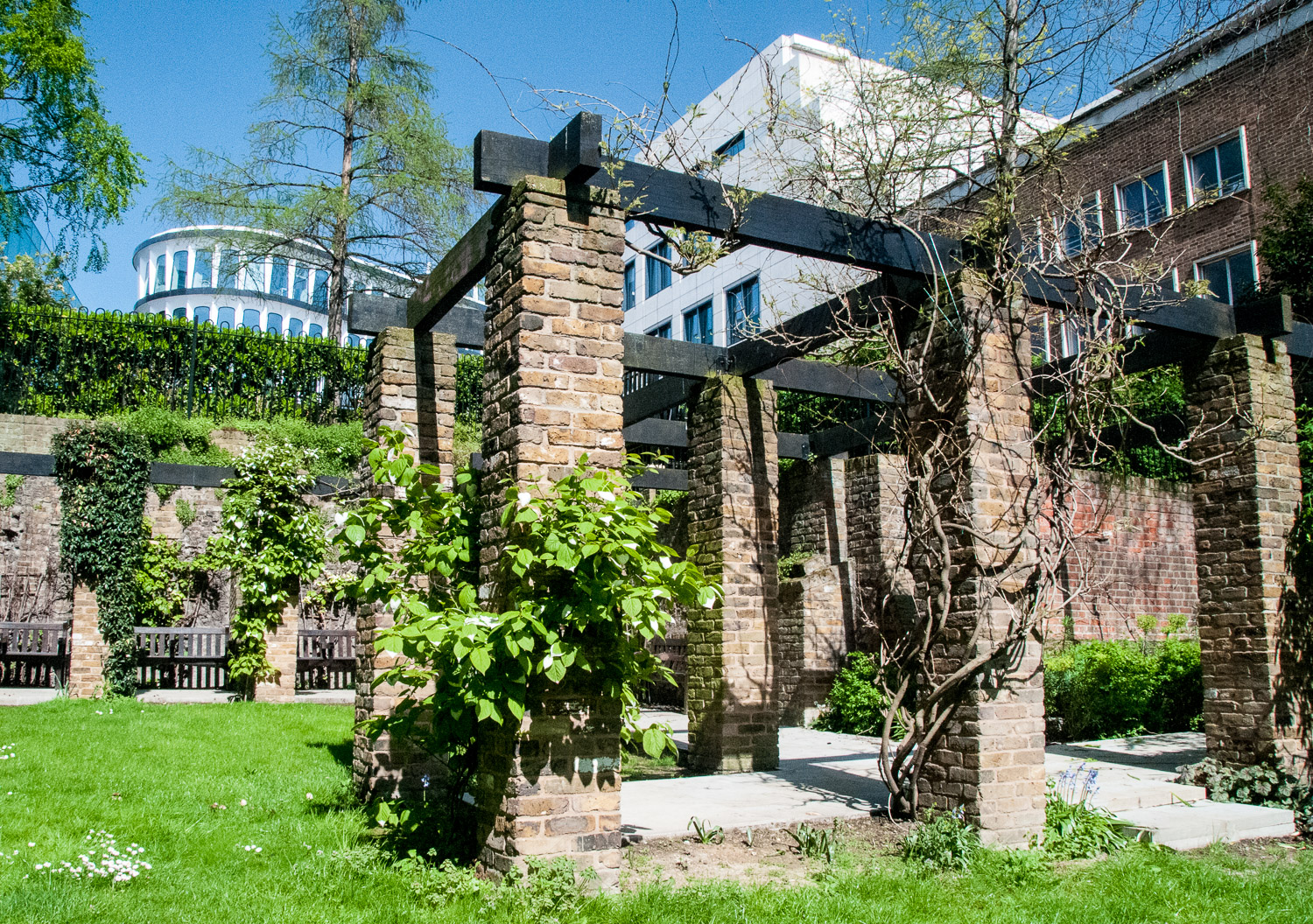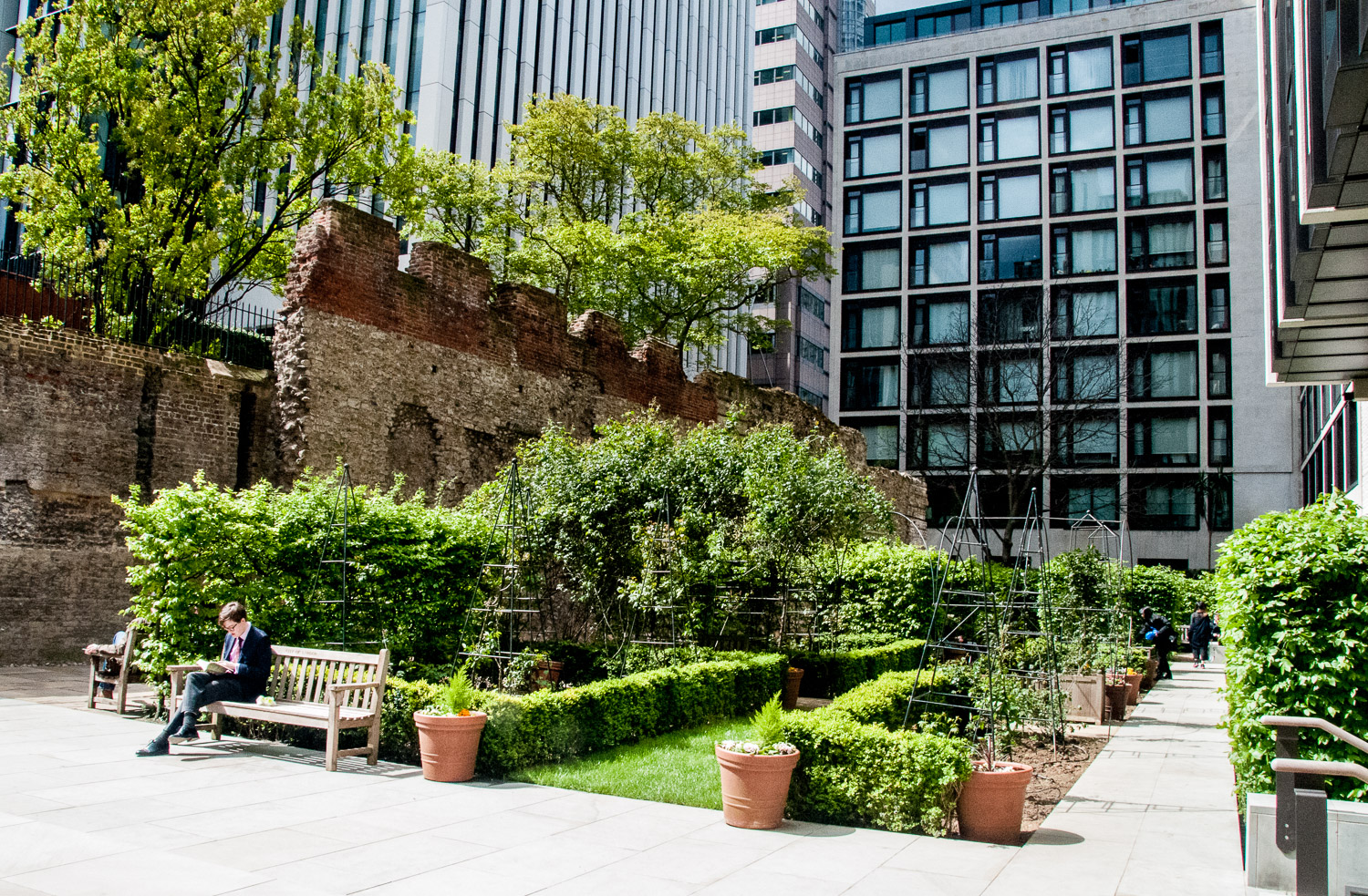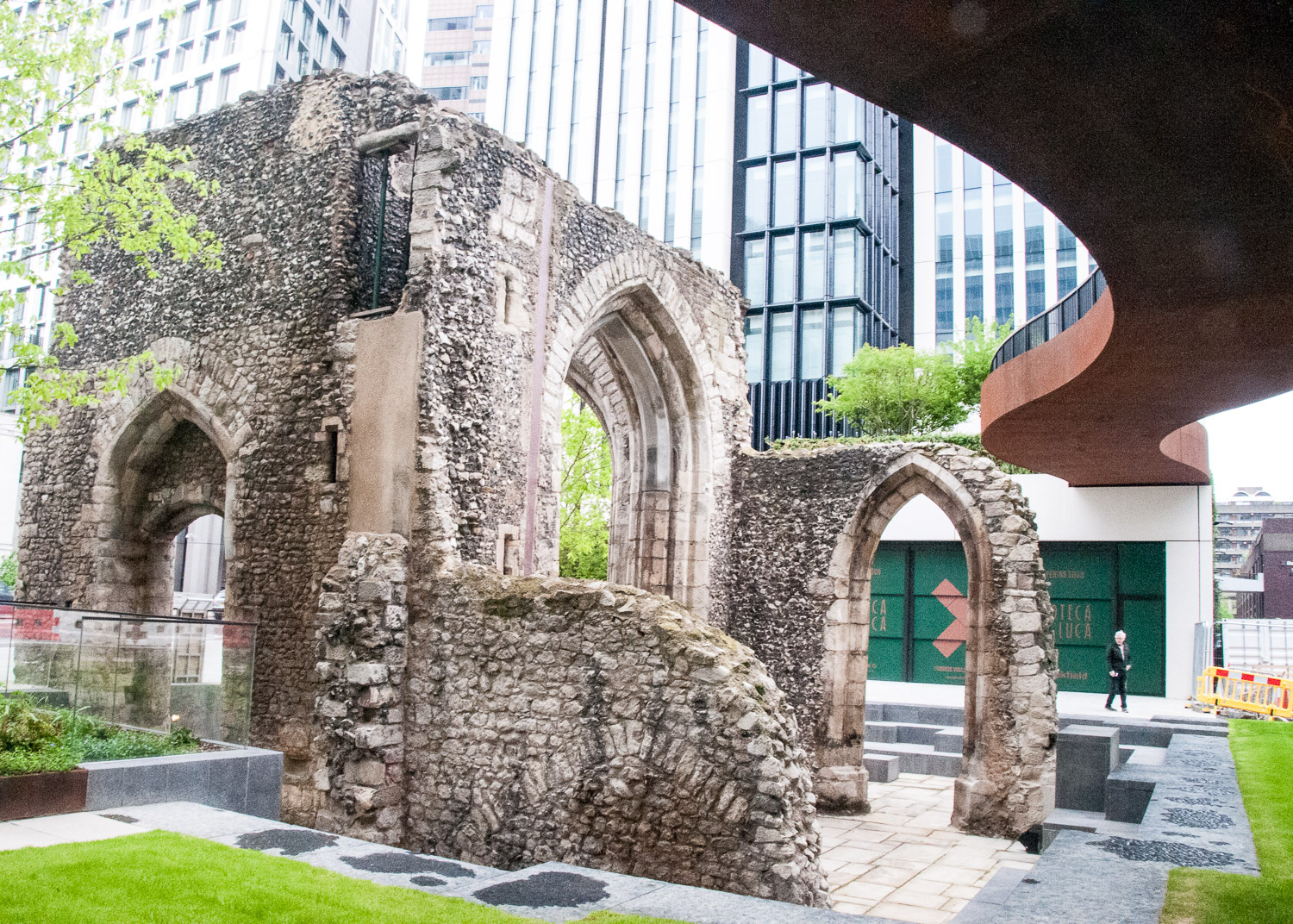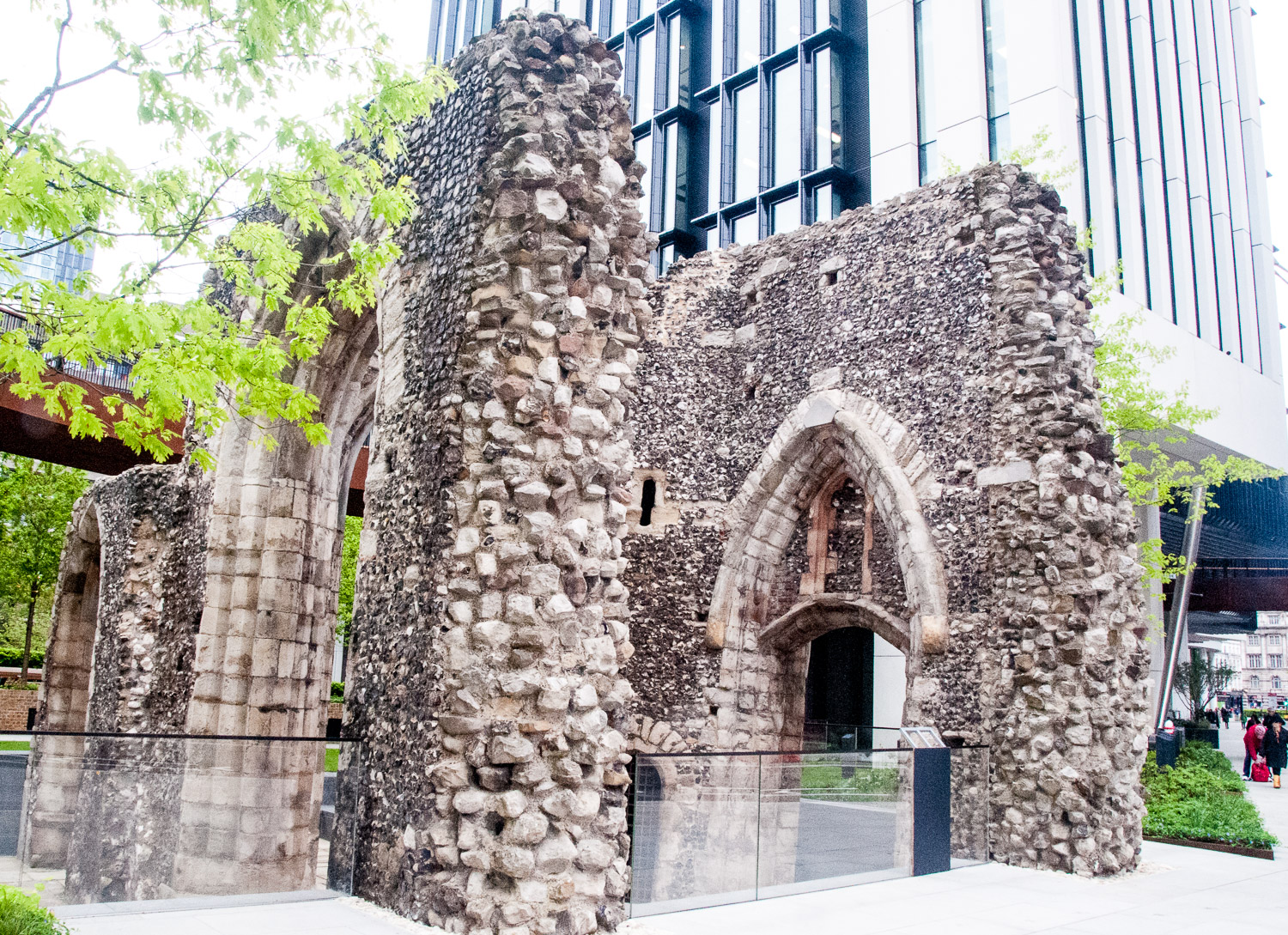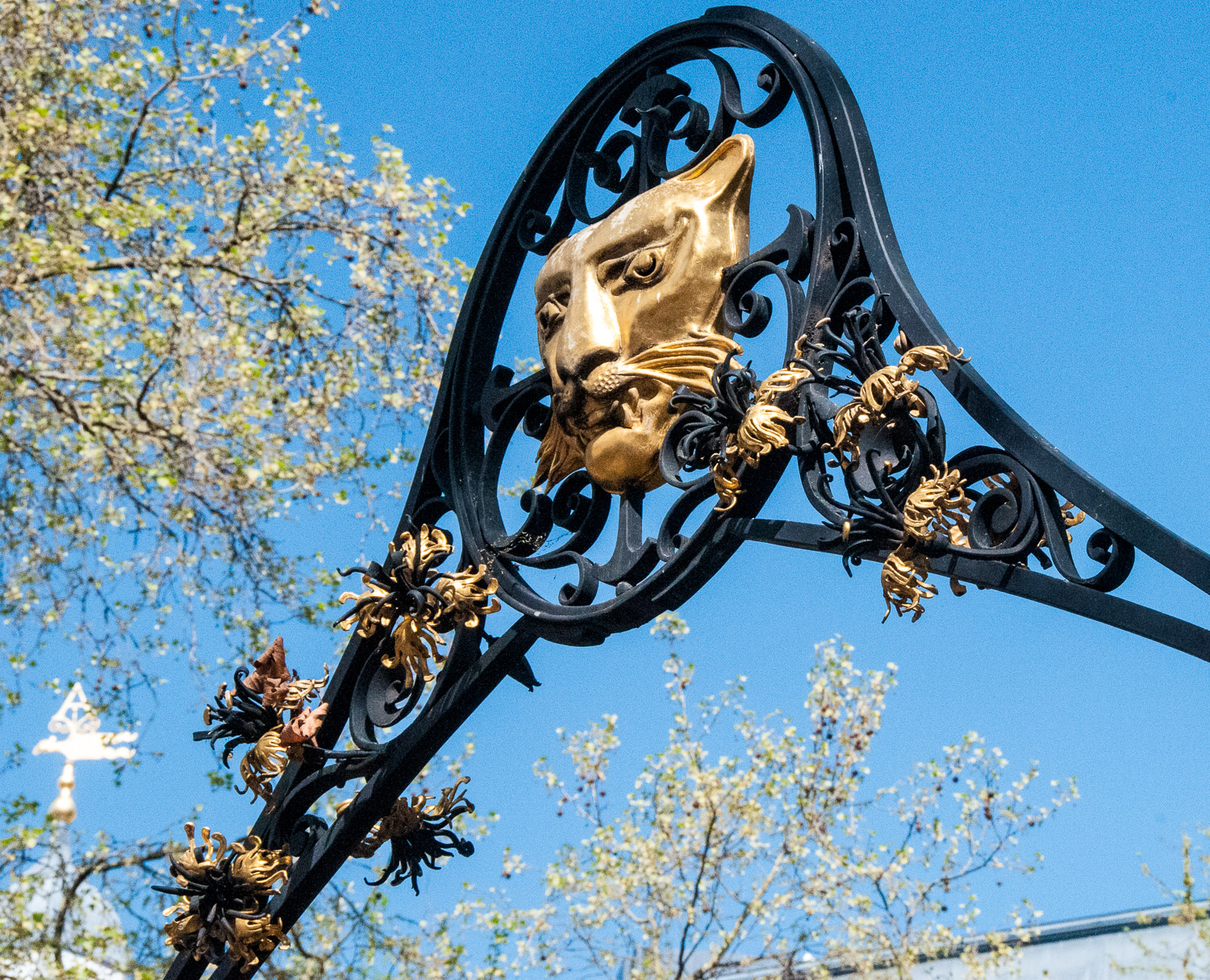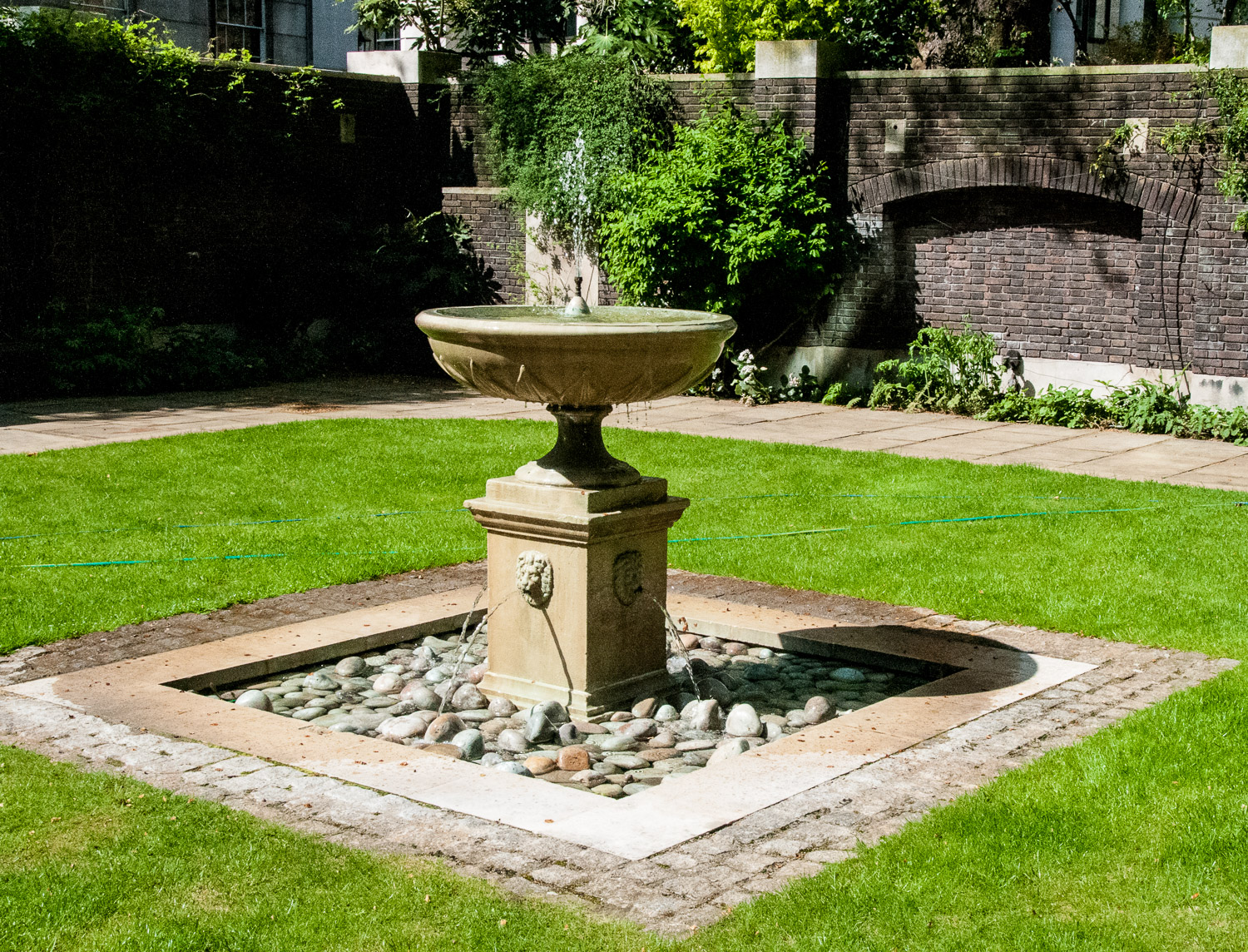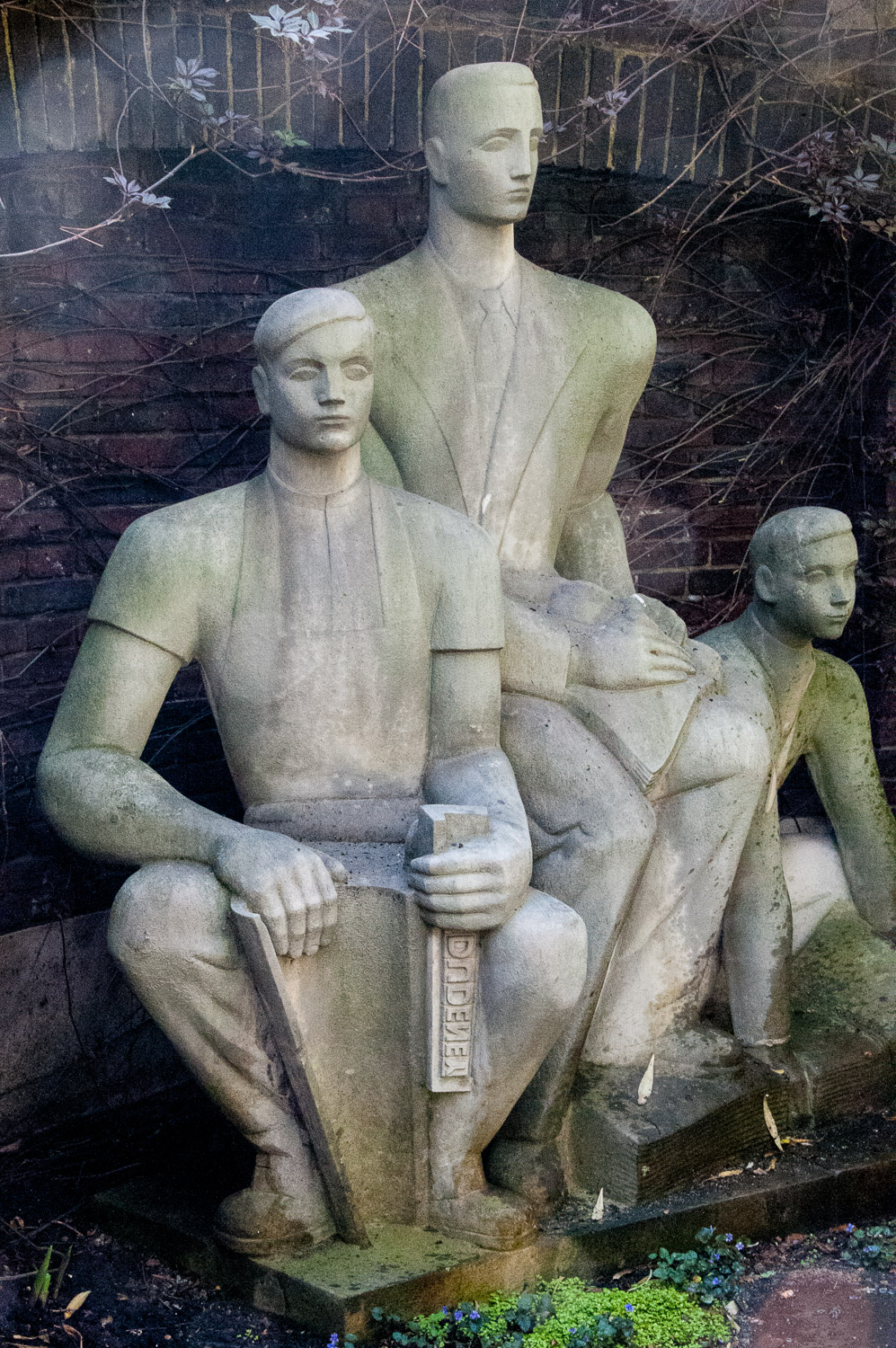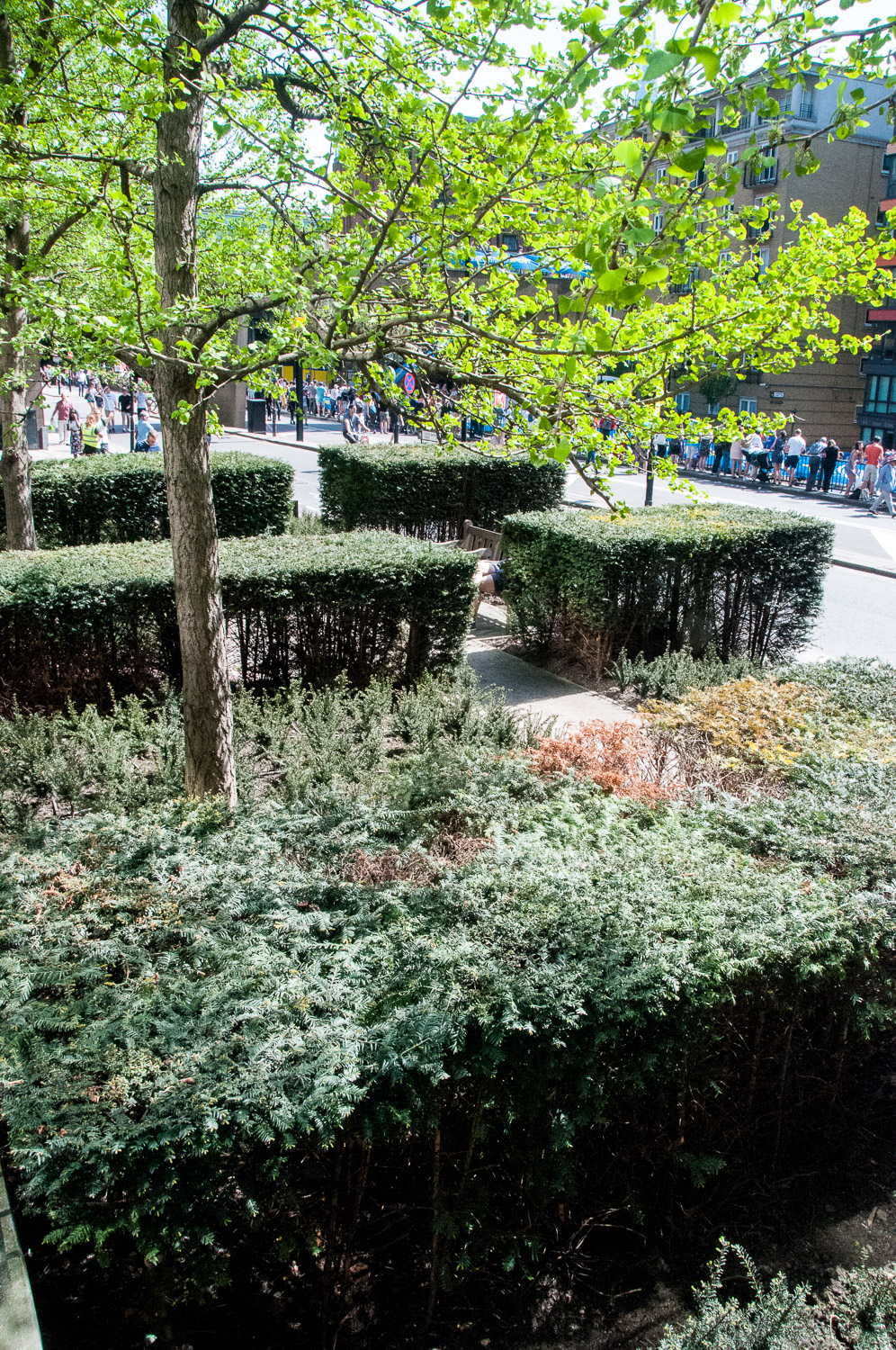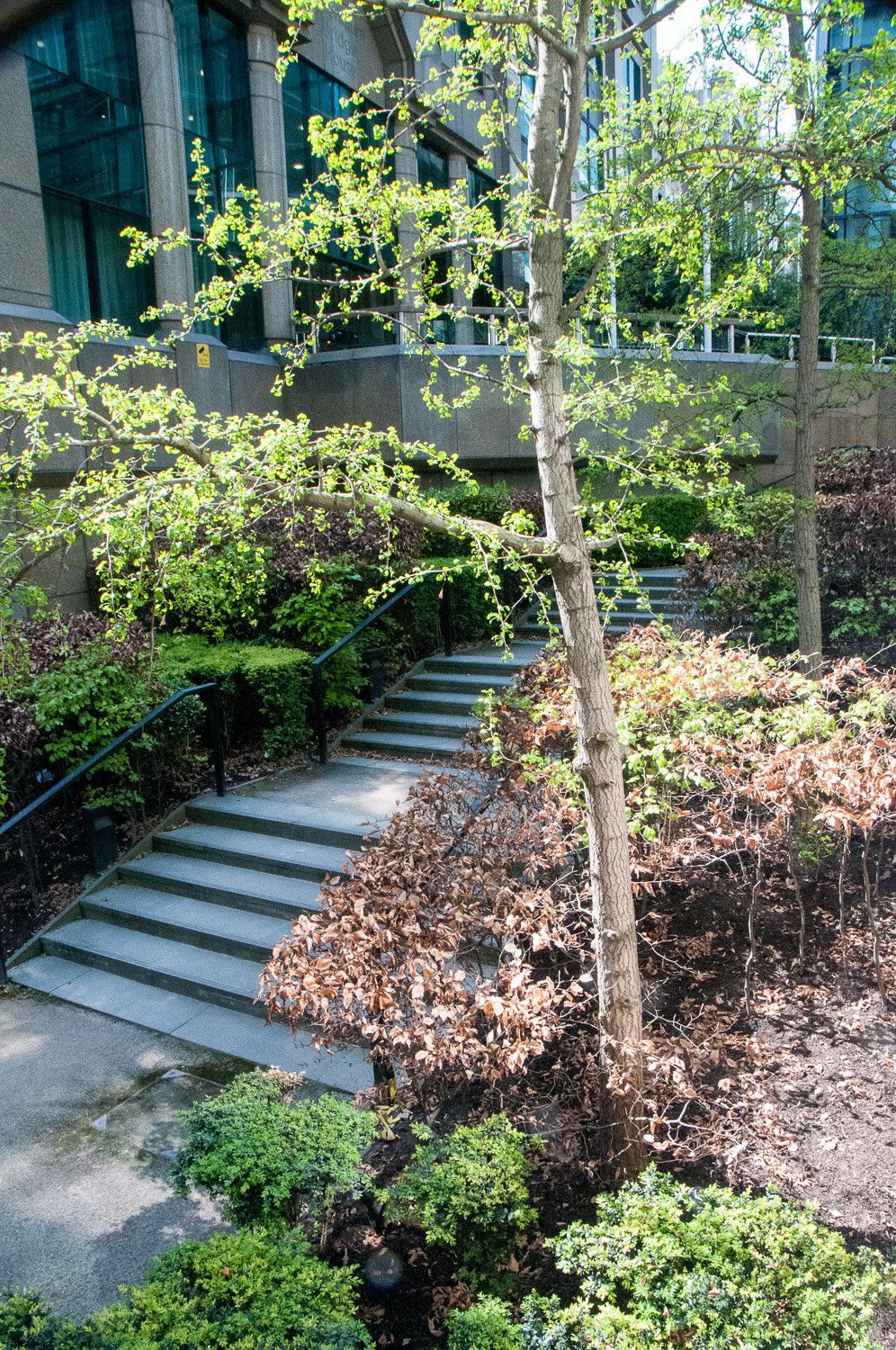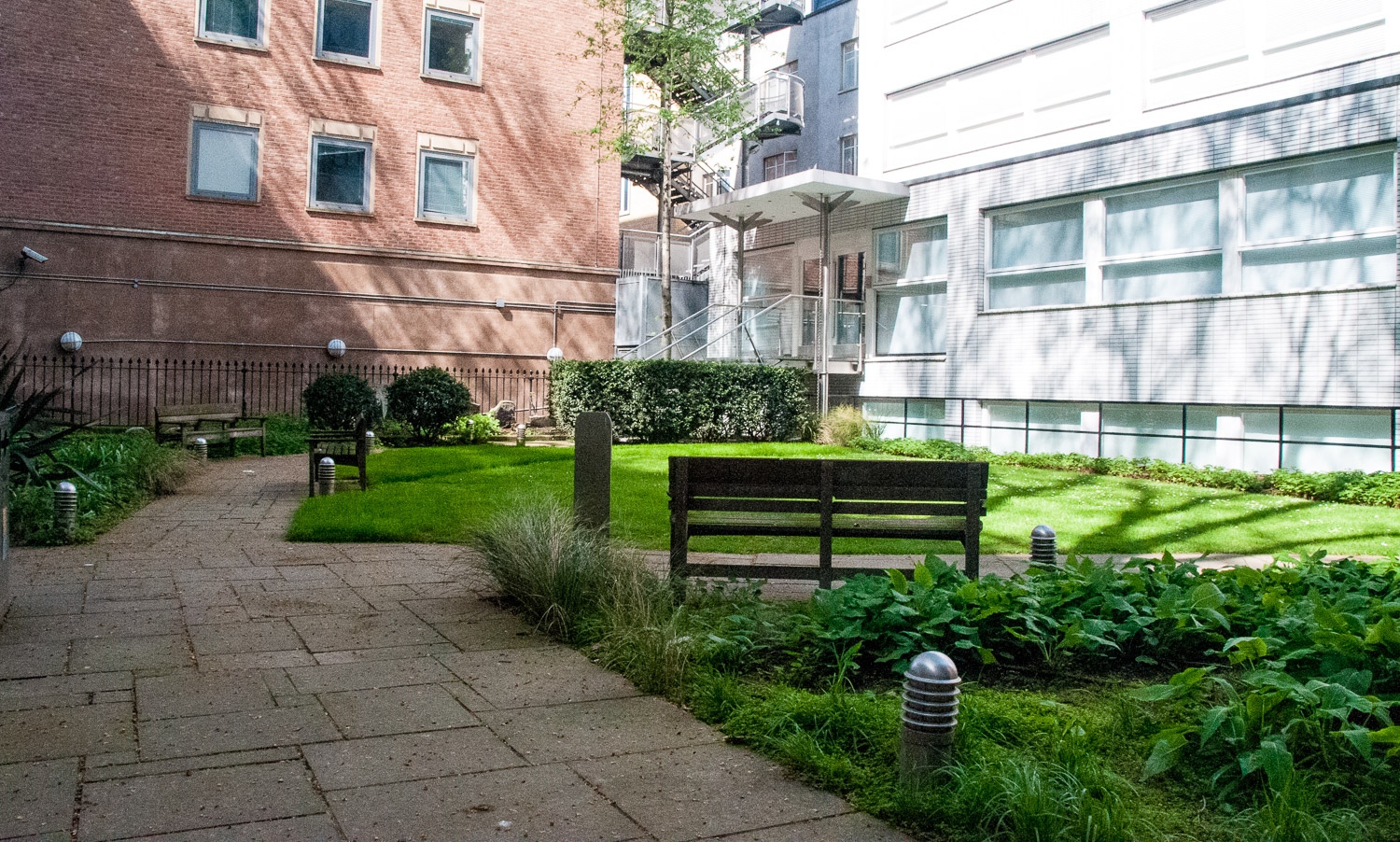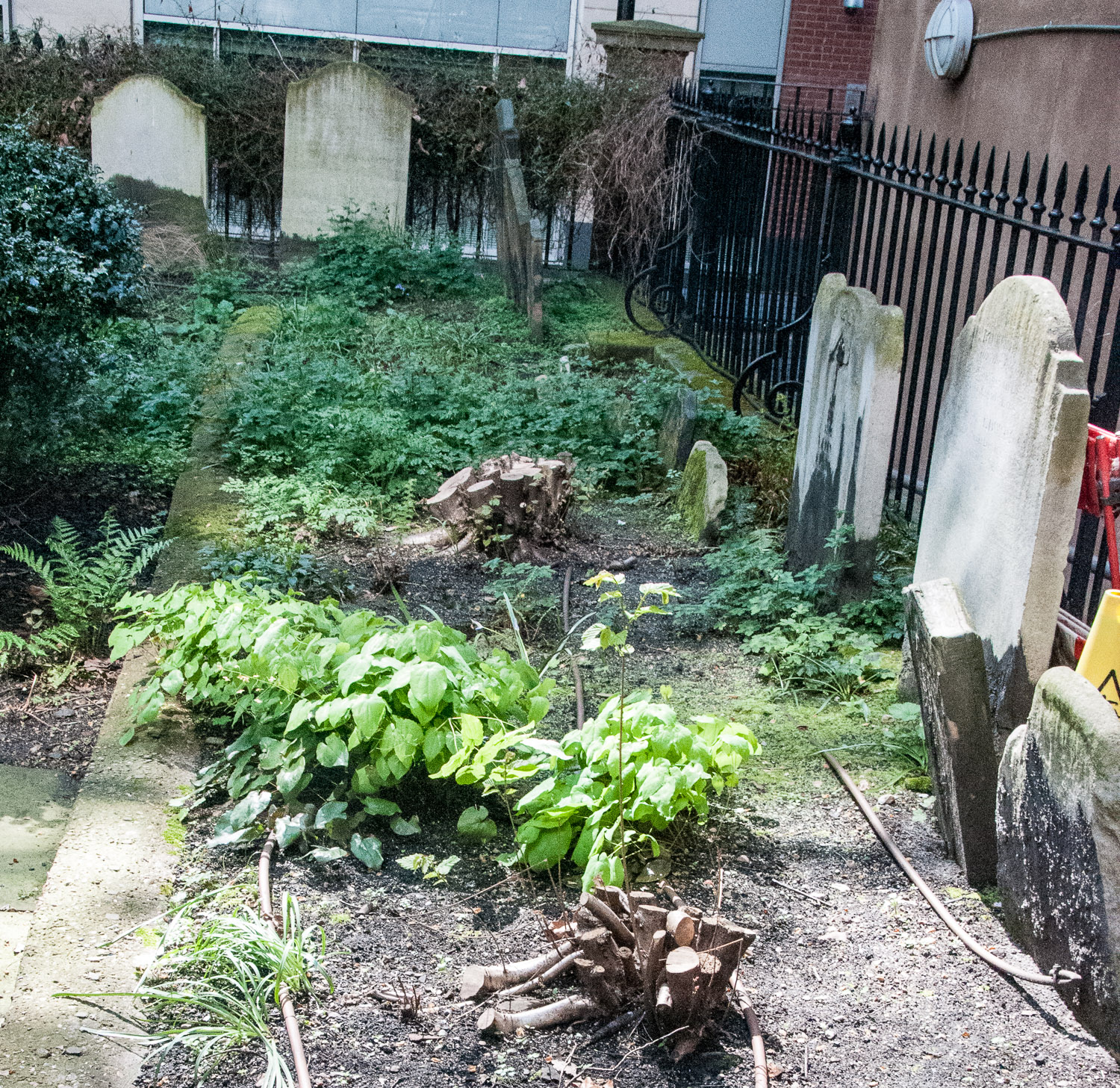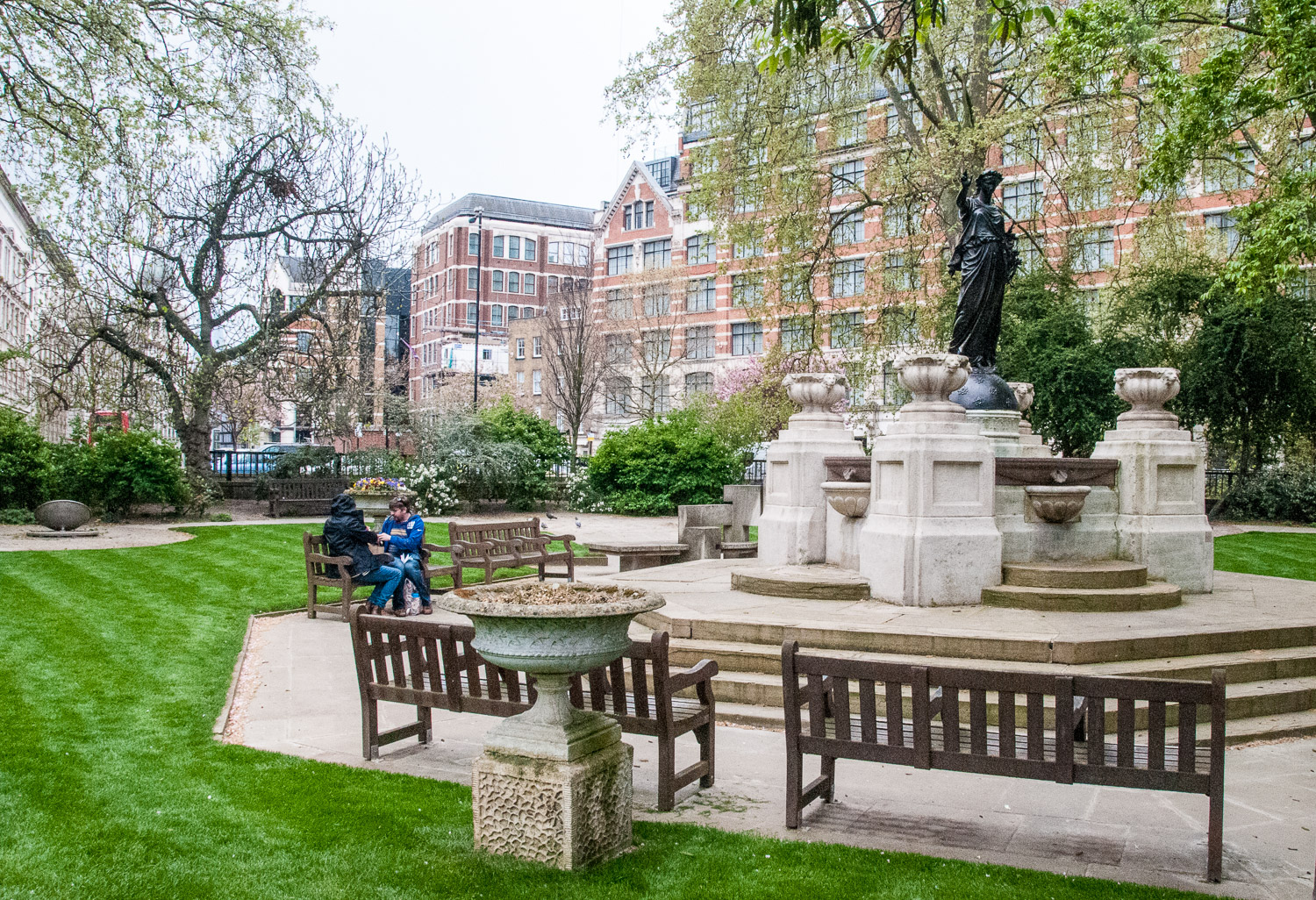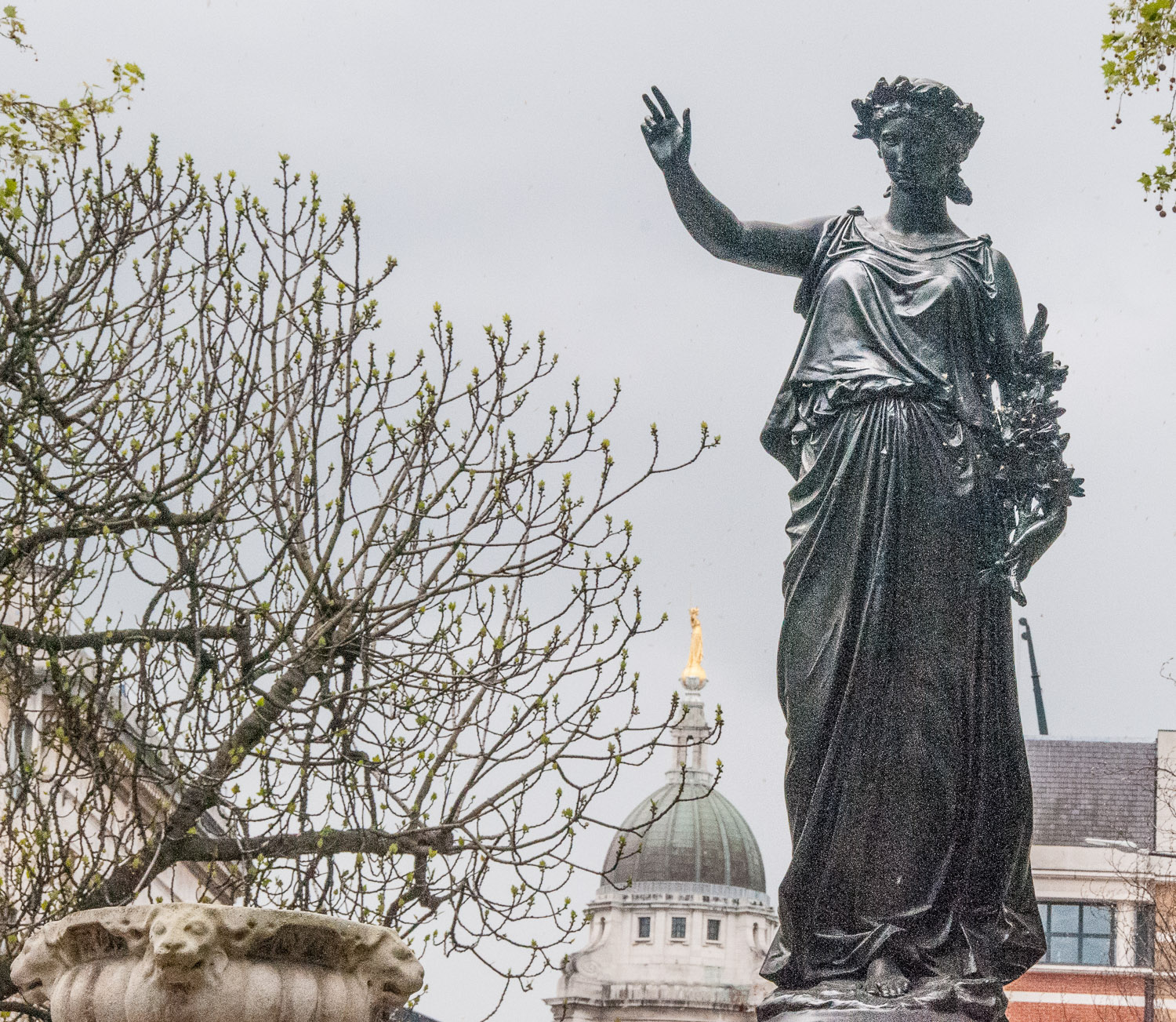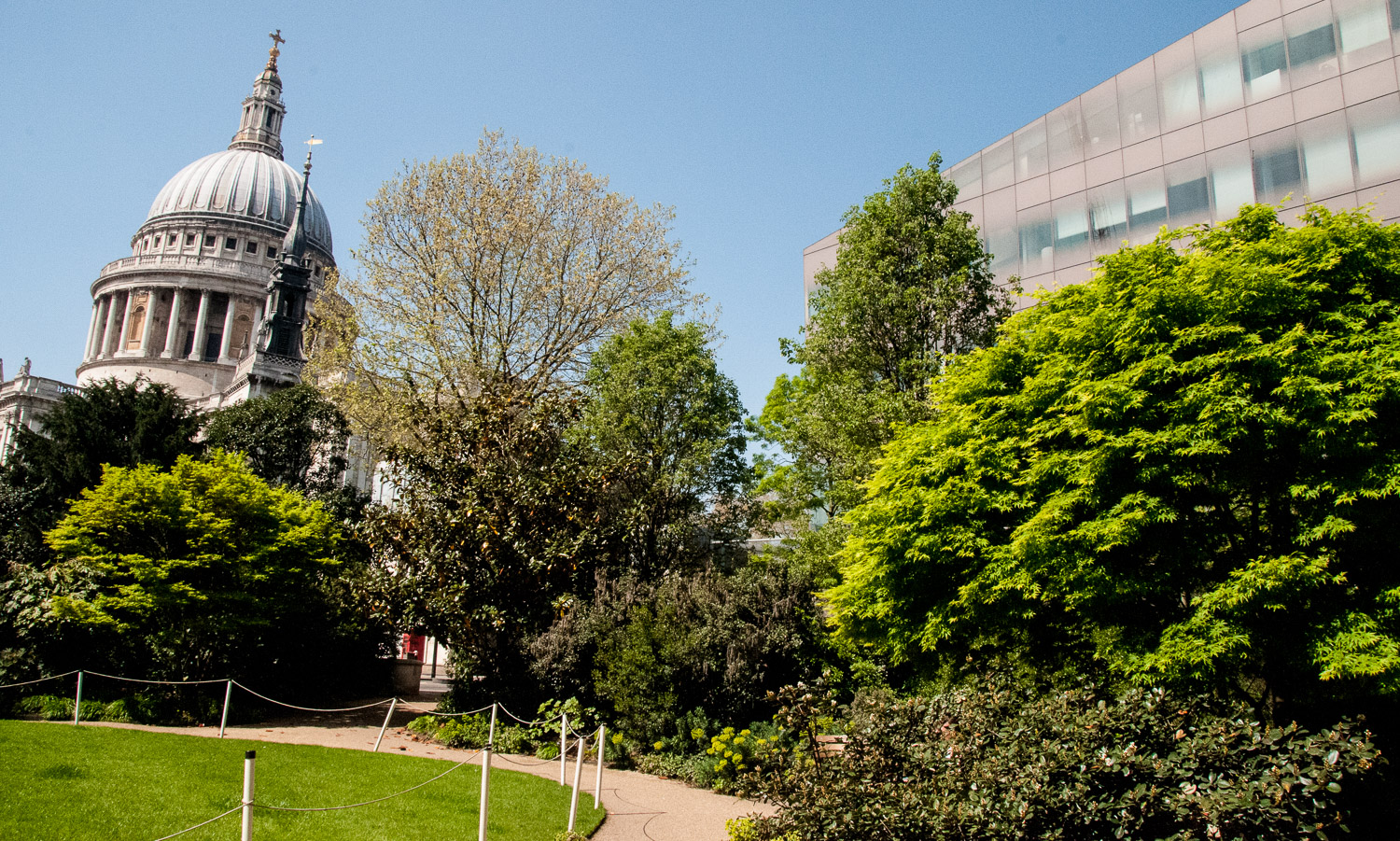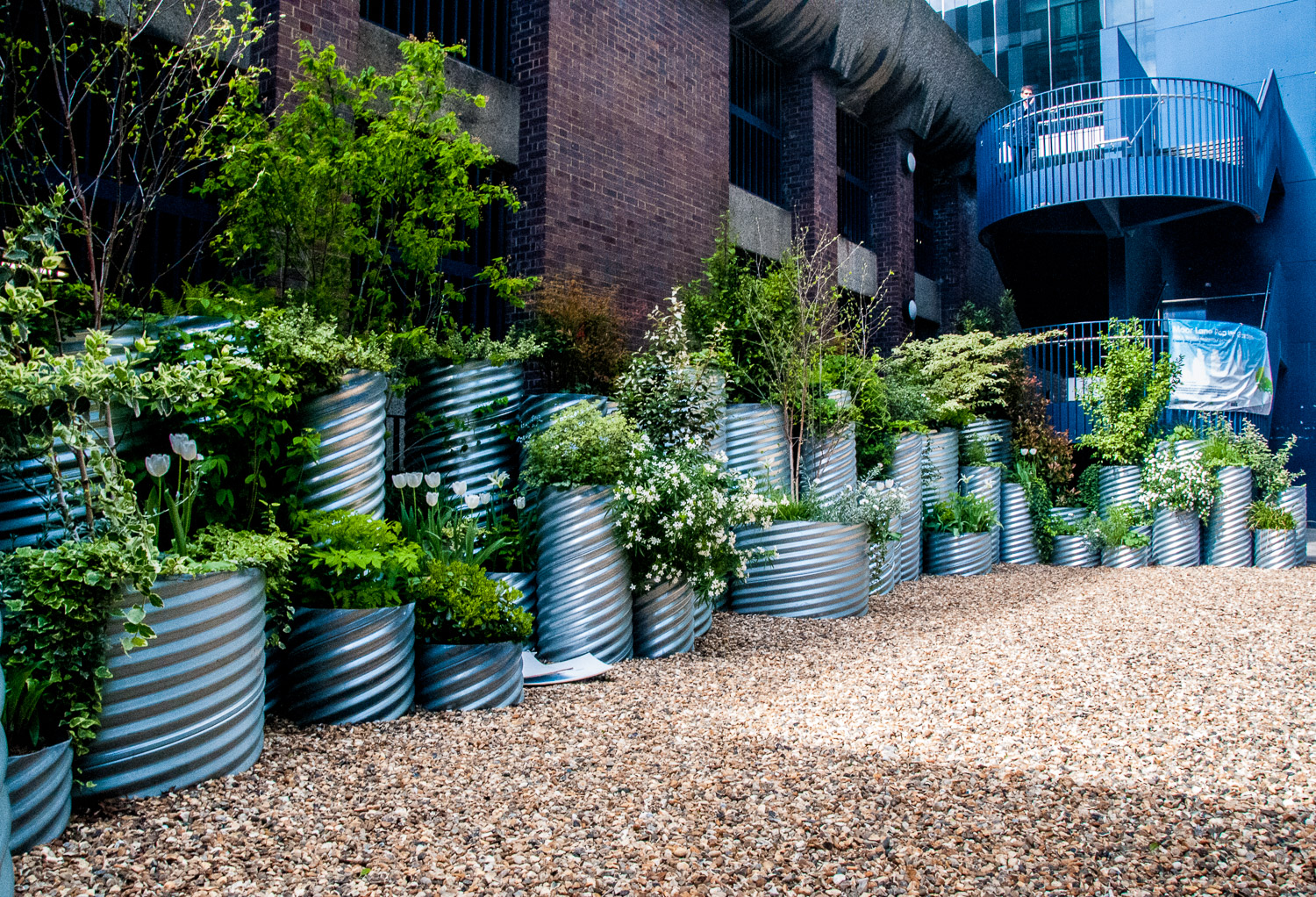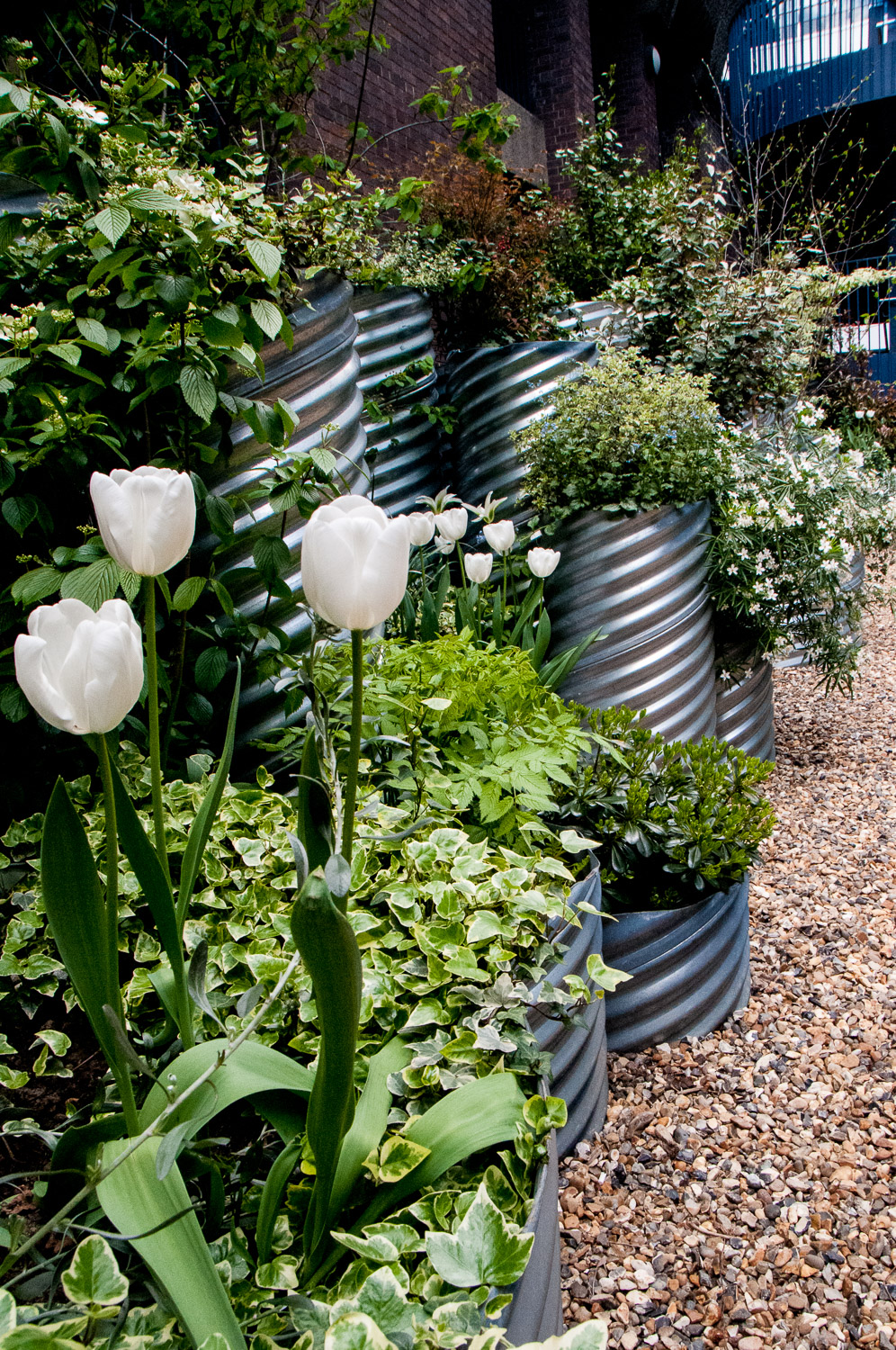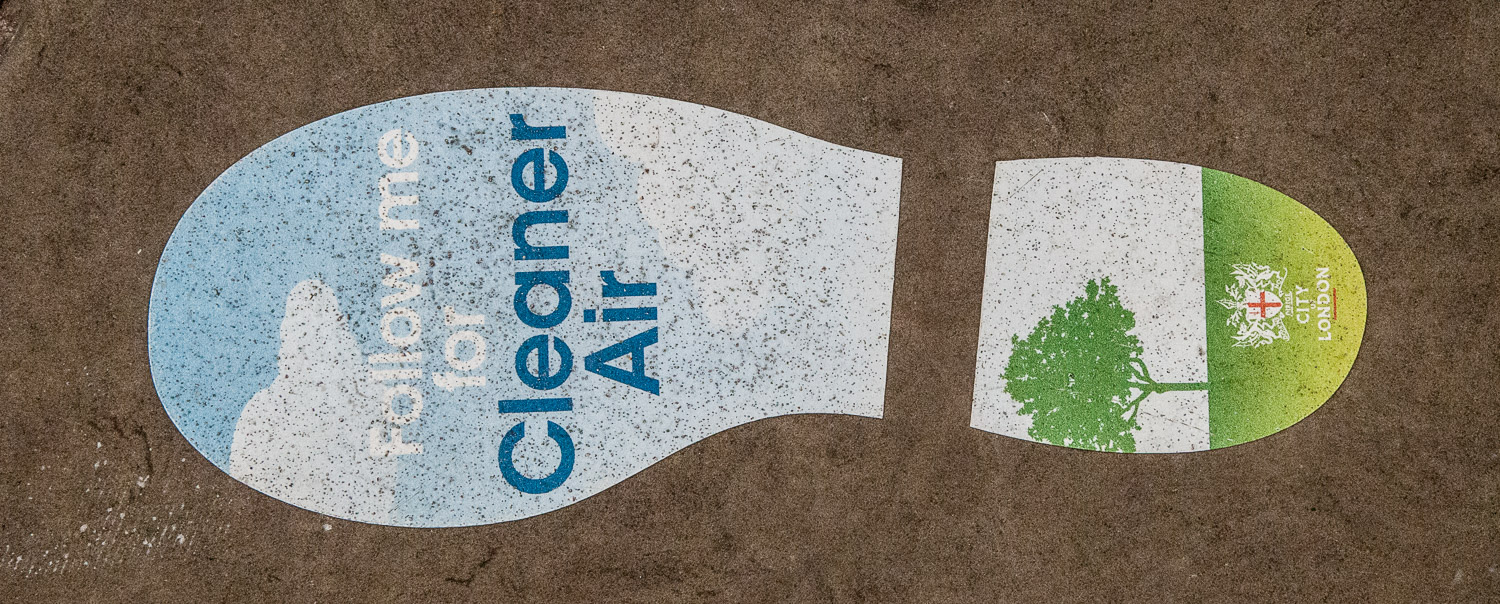One of the great things about writing this blog is that I keep coming across surprises.
Let’s take as an example the Roman Wall. I have only recently discovered that, if you go down into the public car park in (appropriately named) London Wall, you will encounter a part of the wall that was revealed when the car park space was being excavated.
Here it is, next to parking bay 52 …
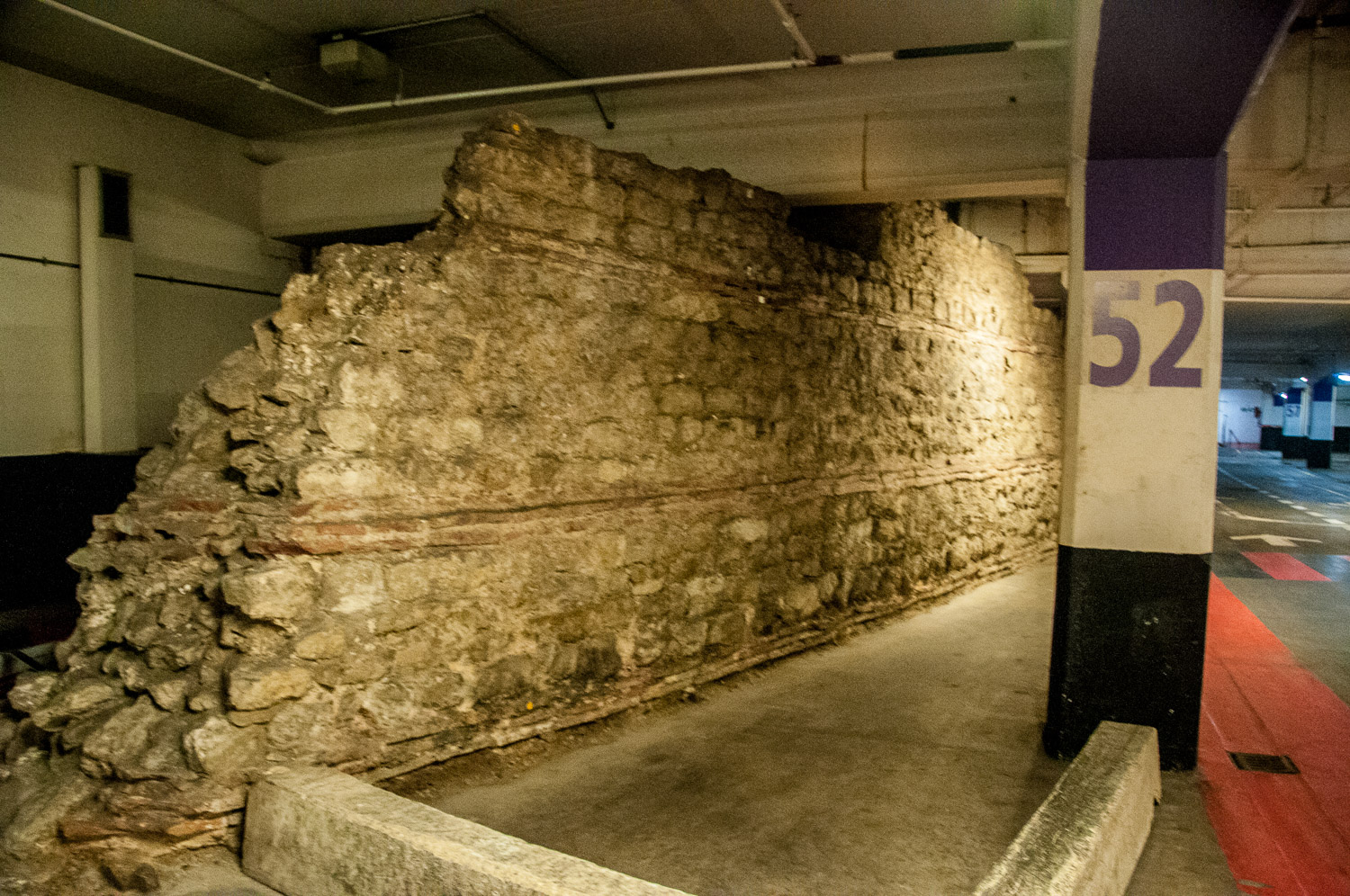
It’s a long walk from the entrance and probably a good idea to mention to the security guard what you are up to.
When you finish in the car park you can access the Highwalk and stroll round to enter the Museum of London. A short way into the exhibition space on the right they have placed a useful viewing point where you can look down upon part of the Roman wall known as Bastion 14. The medieval masonry construction lies on top of Roman foundations but by the 19th century it was entirely incorporated into the surrounding buildings. World War II bombing, however, revealed much of the structure you see now…
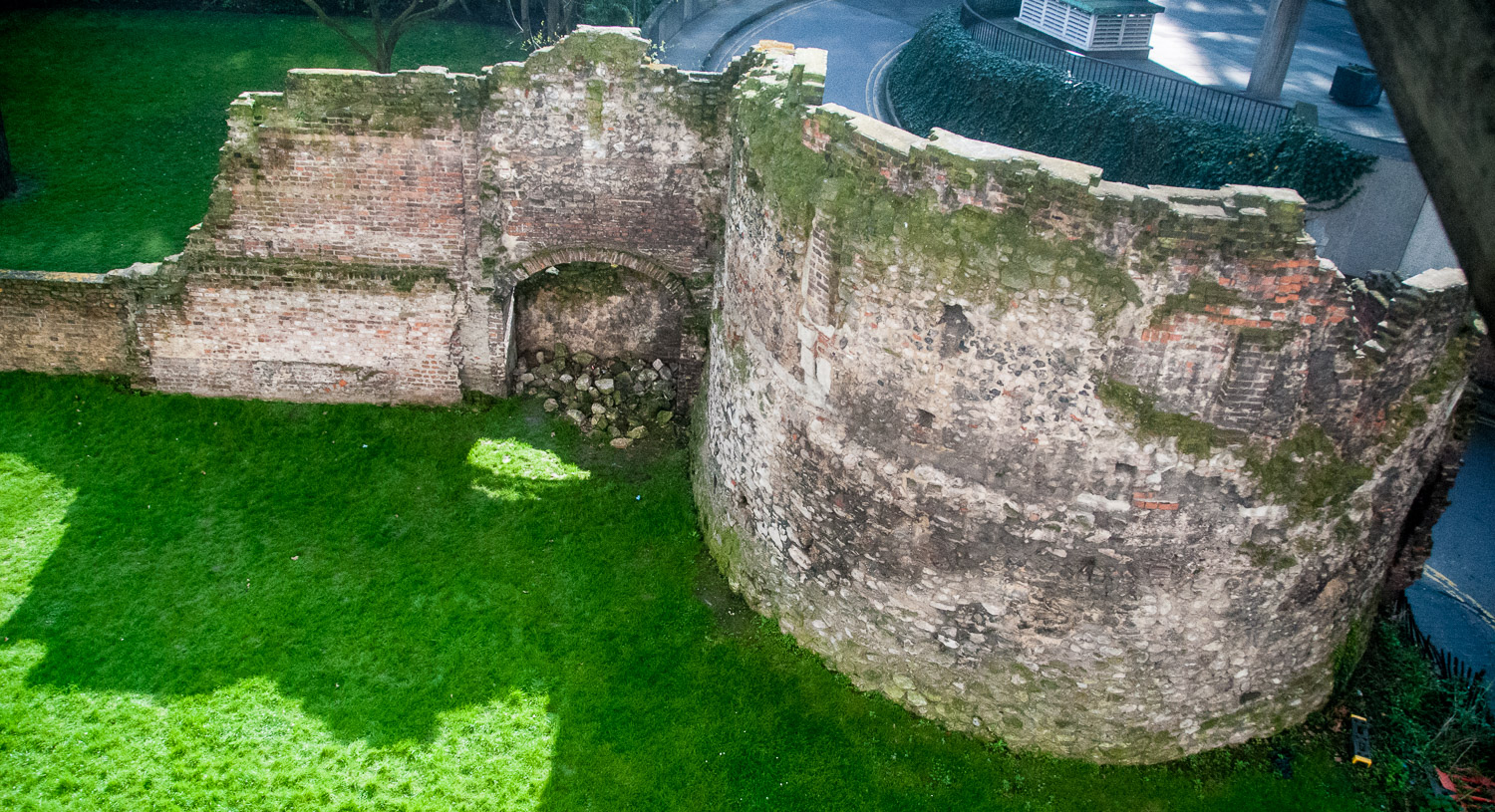
The view from the Museum.
And from the Highwalk …
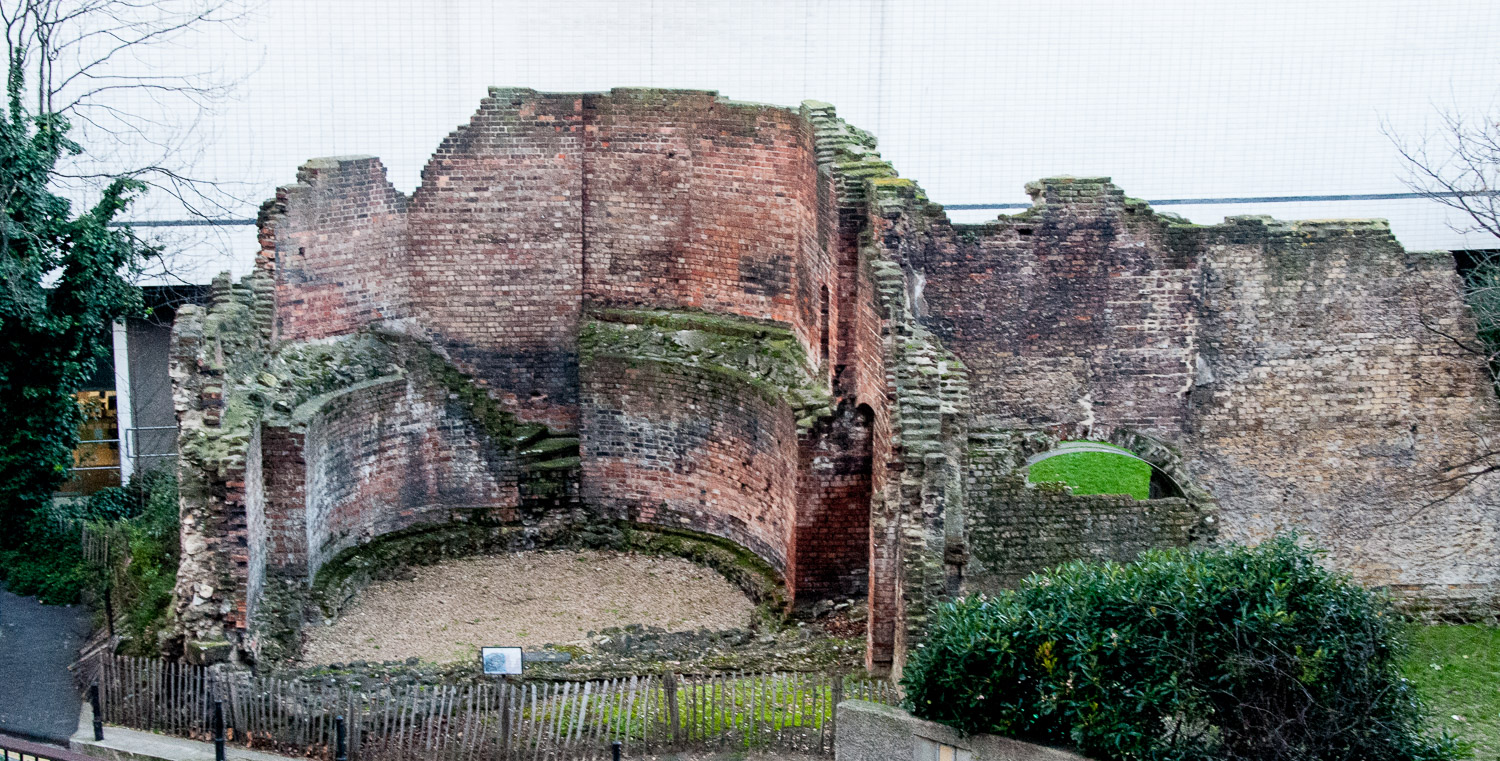
Another view from Bastion Highwalk. You can see the 19th century brickwork.
There has been a lot of construction and redevelopment work going on around London Wall and Fore Street for years now but at last it is coming to an end. St Alphage Gardens are still inaccessible but a view of the Wall has now emerged behind the Salters’ Hall gardens …
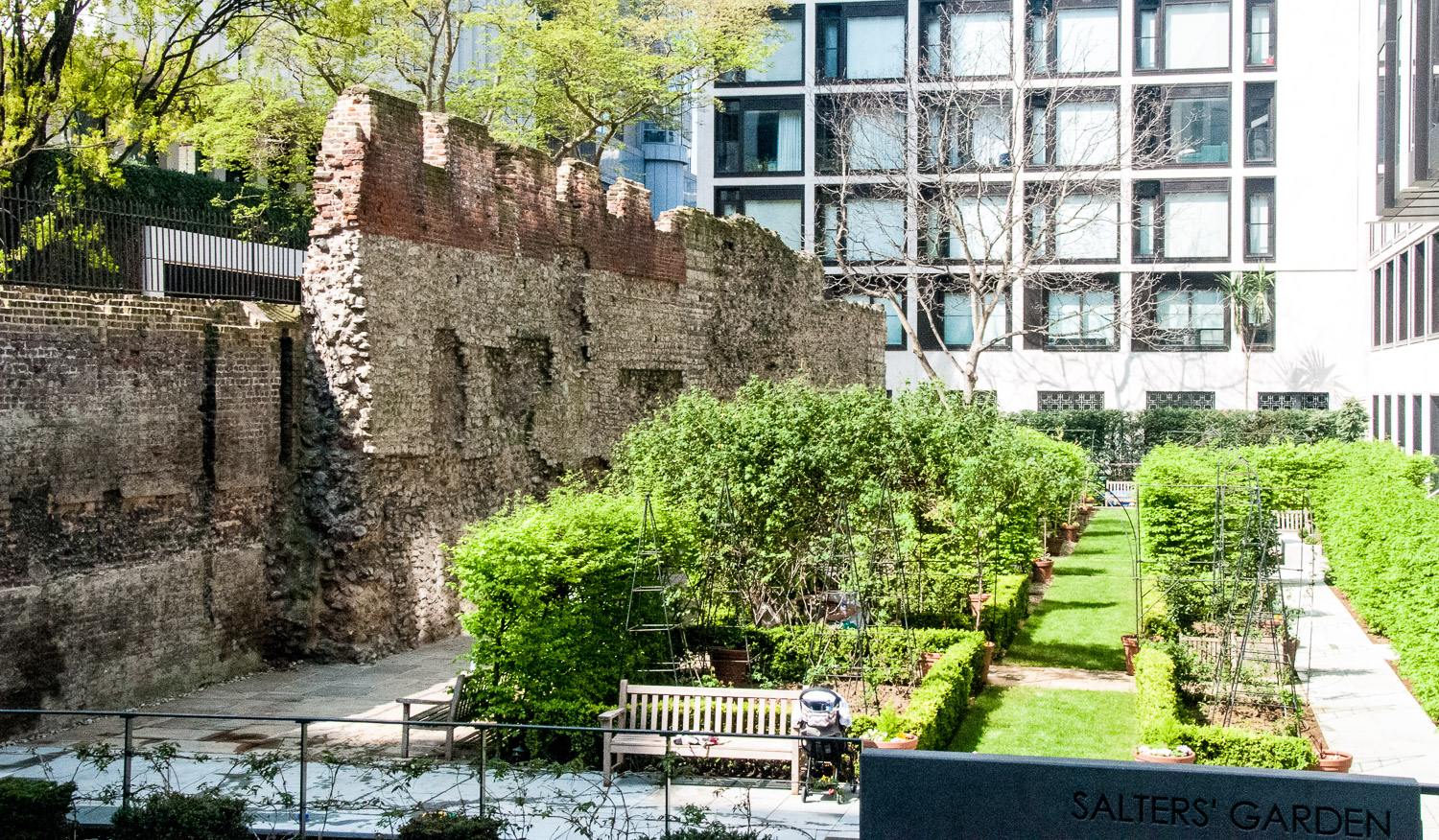
And here is a closer view …
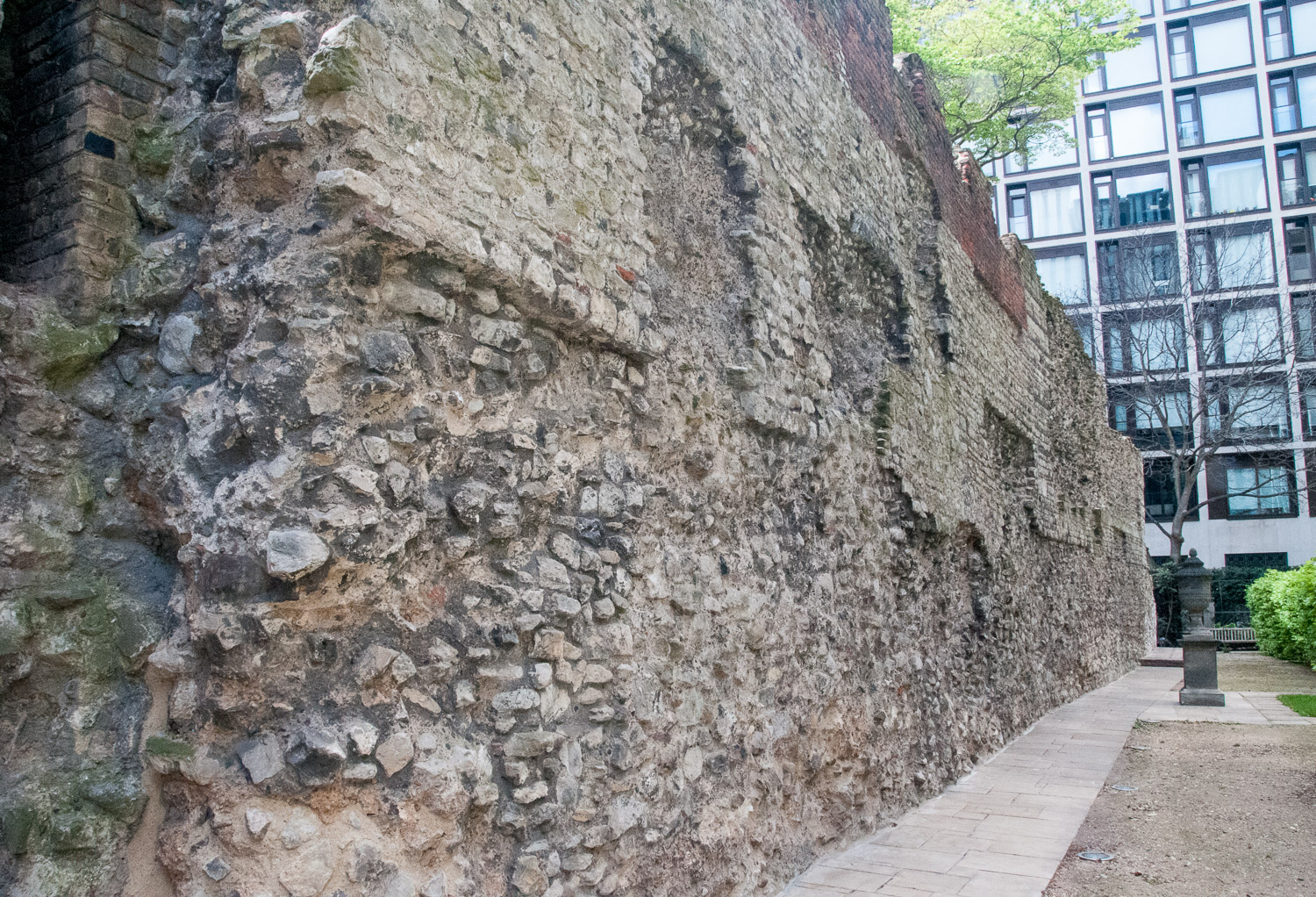 There is a new public space overlooking the garden which also accommodates the Minotaur who used to be a little isolated on the Highwalk …
There is a new public space overlooking the garden which also accommodates the Minotaur who used to be a little isolated on the Highwalk …
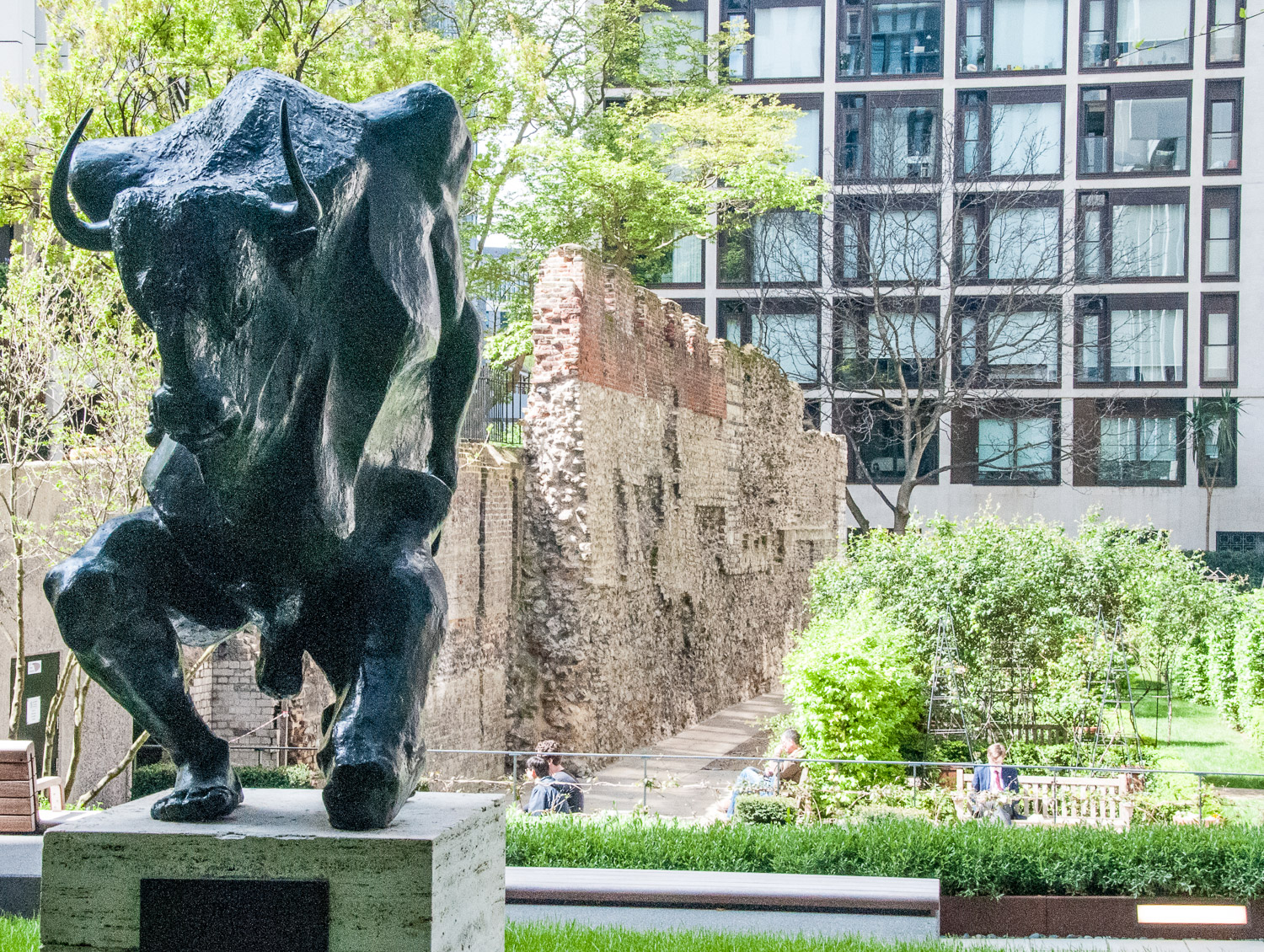
The Minotaur by Michael Ayrton (1968-9)
The Minotaur was originally sited in Postman’s Park and apparently there is a picture somewhere of it when it was unveiled in 1973 with Frederick Cleary standing beside it. Unfortunately I can’t find a copy of the photo but you will have read more about the estimable Mr Cleary in last week’s blog, City Gardens, since a garden was named after him.
Whilst walking along the Wallside Highwalk, I was lucky to catch the wall being used as a vantage point by the heron, a frequent Barbican visitor. He positions himself by the lake for hours at a time but I have never seen him catch a fish …
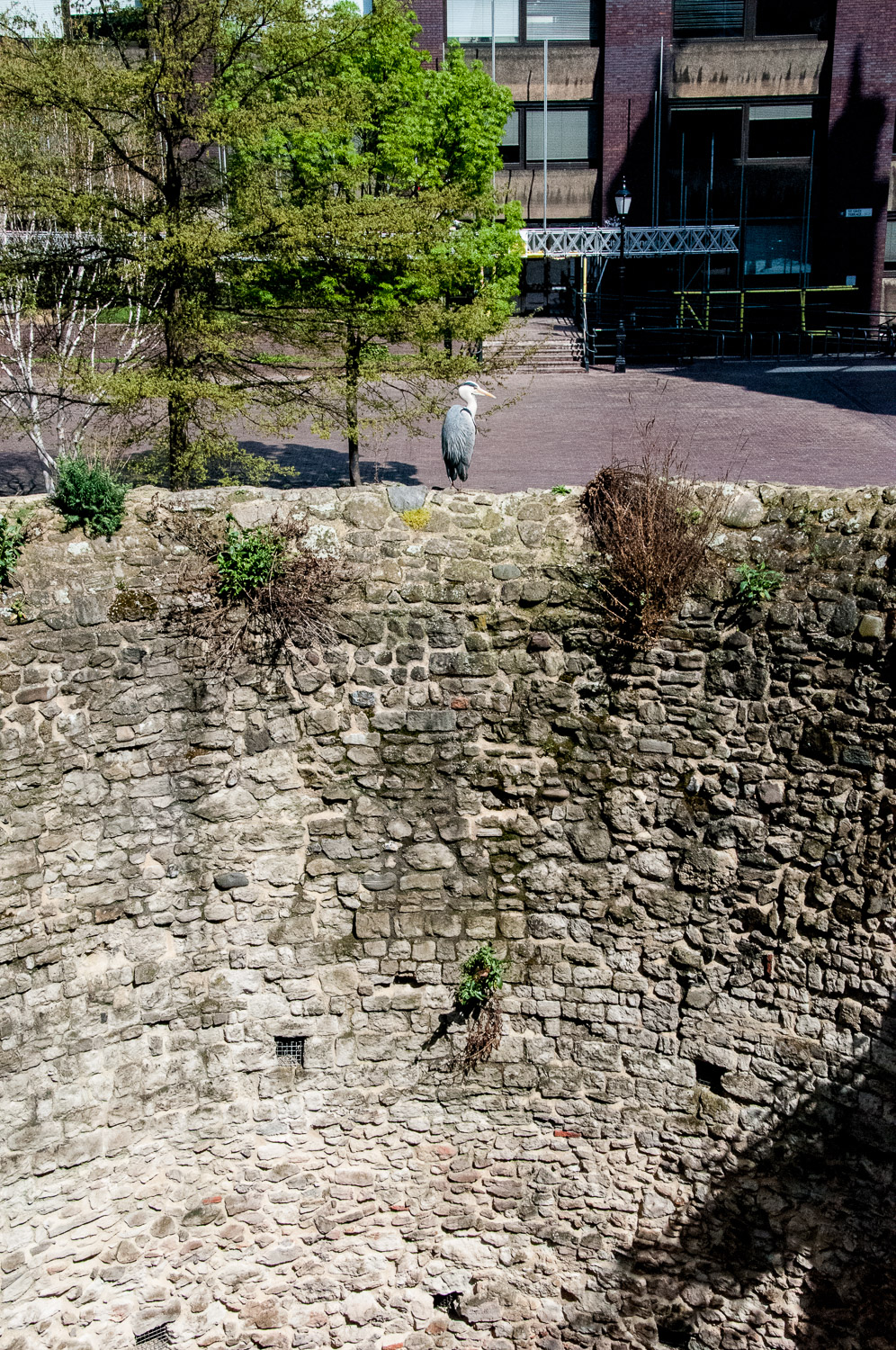
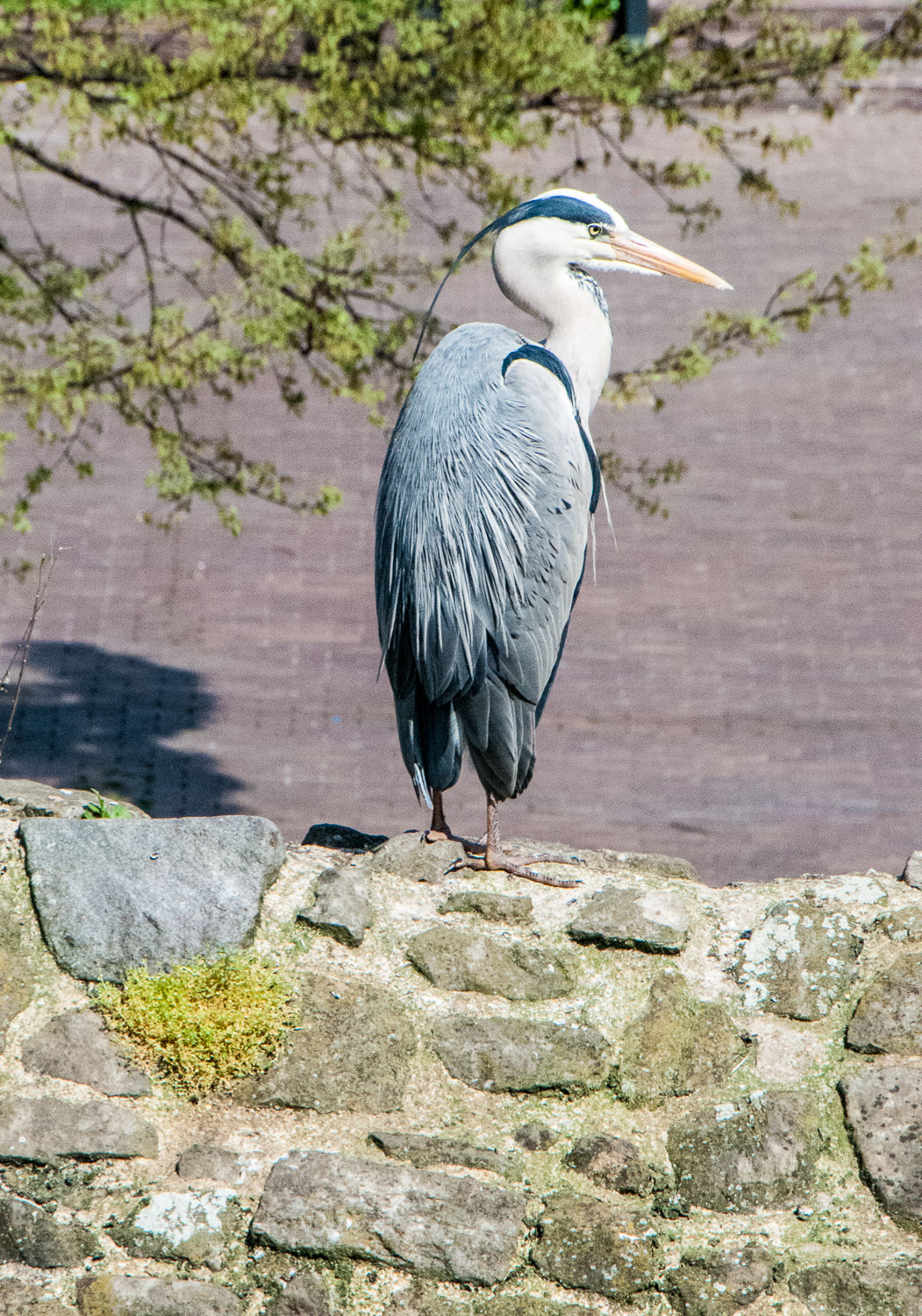
I think his Barbican nickname is Harry.
And finally, I am indebted to the Spitalfields Life blogger, the Gentle Author, for the following London Wall sighting.
In Gracechurch Street, at the entrance to Leadenhall market, stands the premises of Nicholson and Griffin, Hairdresser and Barber …
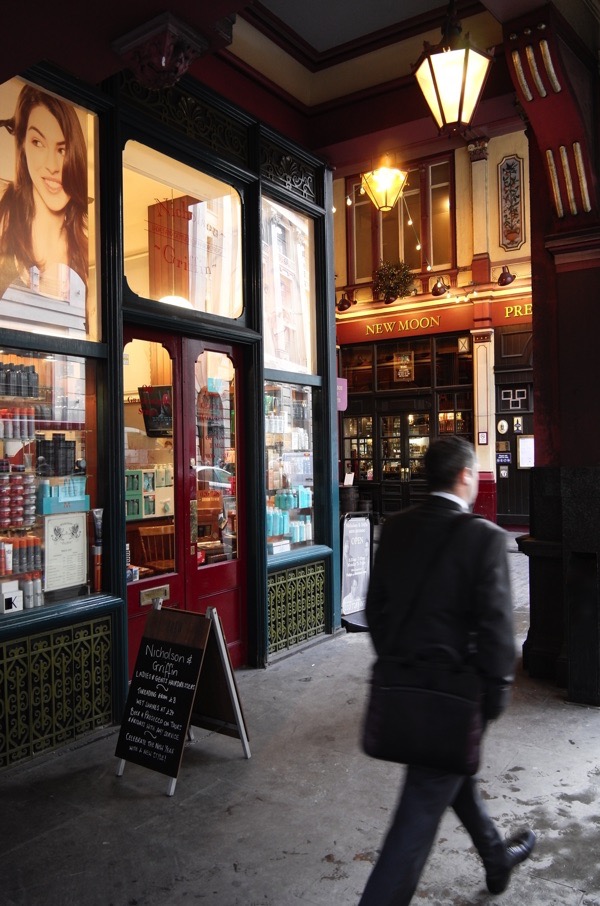
The Gentle Author visited the shop along with the Inspector of Ancient Monuments and the basement, where the wall can be accessed, is not open to the public. He describes the scene as follows …
At the far corner of this chamber, there is a discreet glass door which leads to another space entirely. Upon first sight, there is undefined darkness on the other side of the door, as if it opened upon the infinite universe of space and time. At the centre, sits an ancient structure of stone and brick. You are standing at ground level of Roman London …
Here are a few of his pictures …
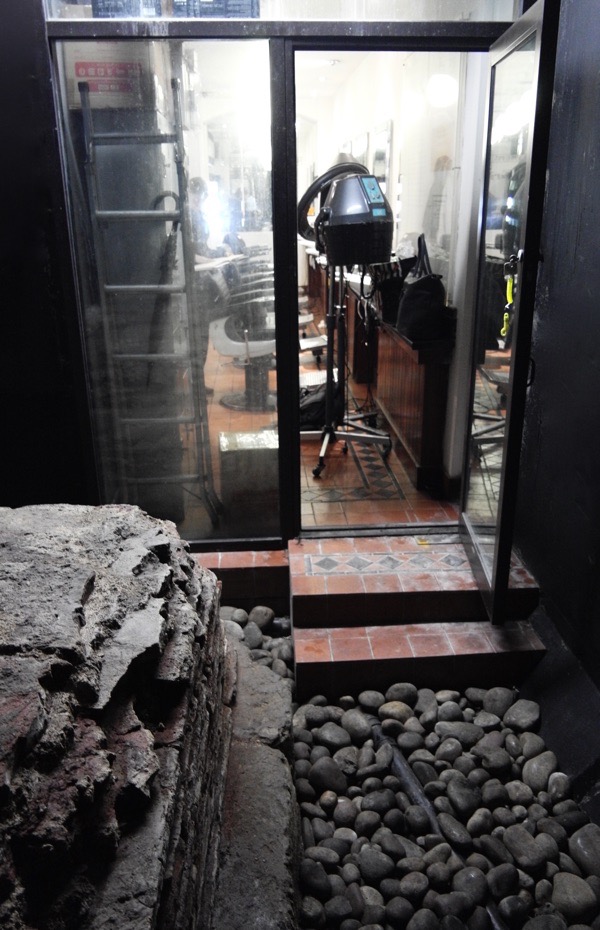
The entrance in the basement.
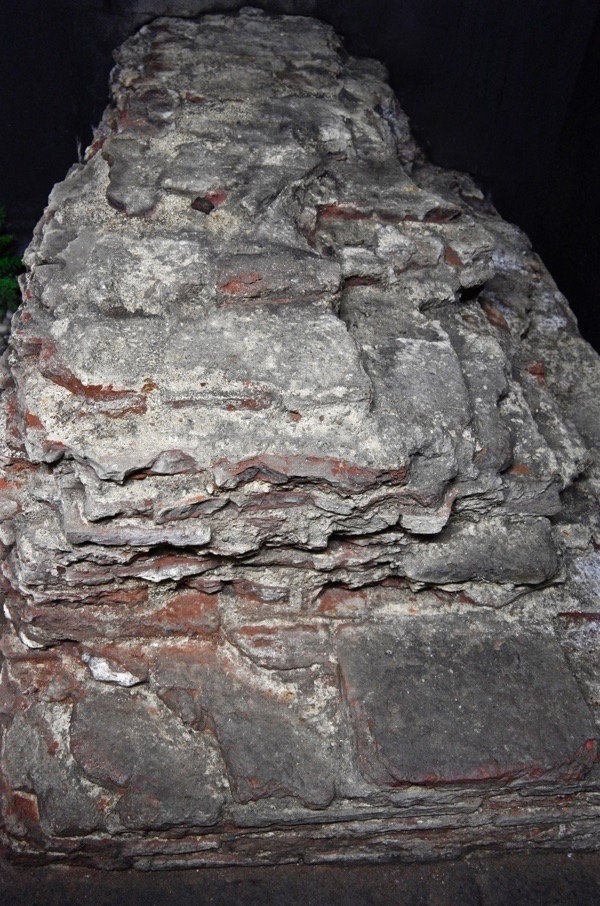
Part of the wall itself.
And he leaves us with this interesting thought …
Once upon a time, countless people walked from the forum into the basilica and noticed this layer of bricks at the base of the wall which eventually became so familiar as to be invisible. They did not expect anyone in future to gaze in awe at this fragment from the deep recess of the past, any more than we might imagine a random section of the city of our own time being scrutinised by those yet to come, when we have long departed and London has been erased.
If you would like to read more about this site and see more pictures, search for Spitalfields Life – the Roman ruins at the hairdressers.
